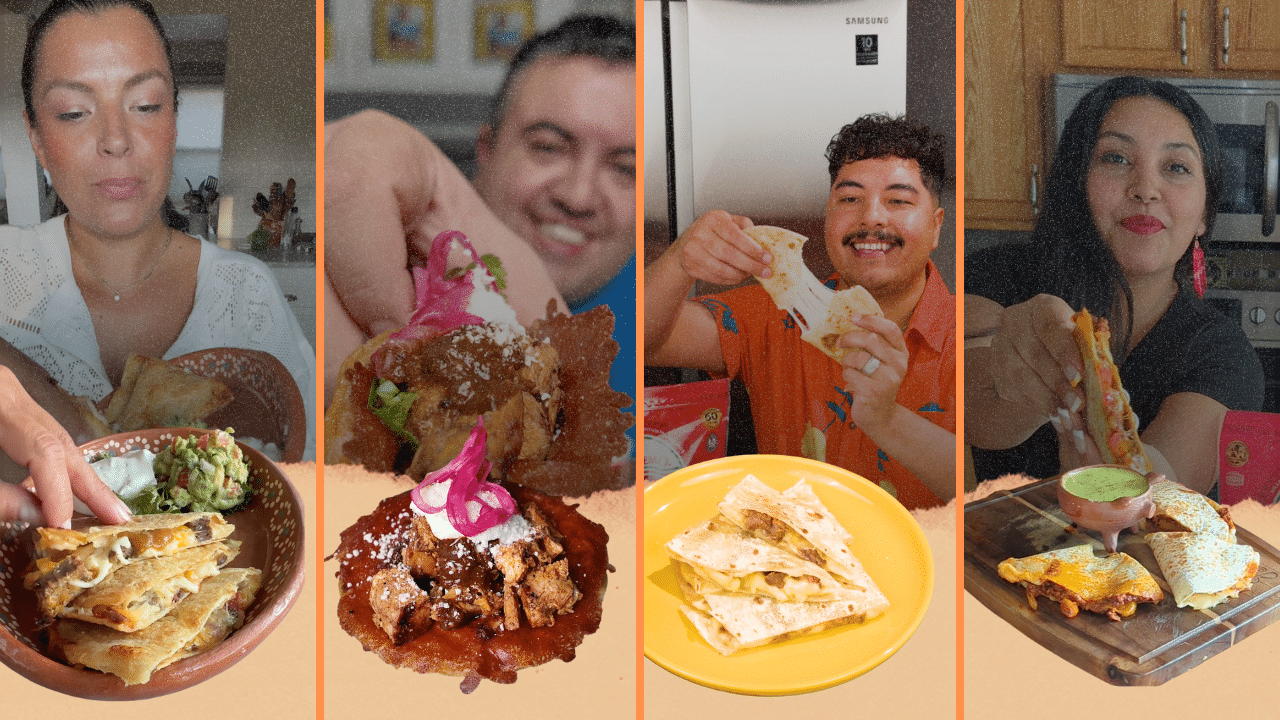Here’s How Fruit Vendors Are Able to Sell Produce at Such Low Prices
Every major metropolitan area in the country has its fair share of fruit vendors who peddle fresh produce on the city streets. In some areas, you might see two or three fruit stands on the same block, offering the same produce as nearby grocery stores at a fraction of the price.
But how do they do it? There must be a reason why the exact same strawberries cost four dollars at the store and a buck-fifty on the street. Are they buying it in larger quantities? Do they steal it like a group of fruit bandits? Or do they work with some kind of fruit black market?
Well, no. But the story behind how these hardworking vendors get their supply is much more involved than you might think.
Vendors buy their produce from the same place as the supermarkets!
As is the case with just about any food purveyor, vendors buy their produce wholesale before selling it to customers at a slight markup. Where grocery stores take an apple that may have cost 25 cents and sell it for upwards of a dollar, fruit vendors have more flexibility with pricing because they have much less overhead.
In New York, 60% of the city’s produce is provided by the Hunts Point Produce Market. The Bronx-based market has been operating for more than two centuries. Its vendors sell fresh fruits and vegetables to restaurants, grocery stores, and fruit stands alike. Despite a general strike in 2021 over low wages, Hunts Point is still the go-to spot for vendors looking to acquire fresh and affordable produce.
However, fruit vendors don’t pay for large retail spaces. They don’t have hundreds of employees to look after. And they don’t bear the burden of exorbitant energy costs to keep their operation running. Basically, without a large physical location to maintain, they can offer premium fruit at discount prices.
Grocery stores don’t want the produce that fruit vendors sell
Vendors are also able to minimize expenses by buying produce the grocery stores don’t want. Namely, fruit that is already ripe and ready to eat as opposed to more long-lasting produce that hasn’t yet reached full maturity.
Grocery stores don’t want ripe produce. Instead, they shop for fruits and veggies that are a few days away from being just right, so customers have time to shop before they go bad. Fruit vendors, on the other hand, only want the ripest of offerings because most of their customers buy produce they want to use that very same day.
The result is that fruit vendors aren’t only pricing their stock at a fraction of the cost — the fruit you buy from them tastes way better because of it. Just be sure to only buy produce you plan to eat or cook in the very near future!
New York City incentivizes fruit vendors with programs like Green Carts
New York City’s Green Carts initiative allows licensed fruit vendors to operate in all five boroughs of the city. The city supports vendors selling affordable produce, so people living in “food deserts” have access to fresh fruits and vegetables.
Green Carts are only authorized to sell raw fruits and vegetables, uncut in most cases. However, they have become a necessity in low-income areas where grocery stores are inaccessible either because of distance or price. Is the city government making a buck off of vendors who have been established for years? Yes, most likely.
But at least they’re not California…
It’s not all fun and games in the Golden State
Whatever’s going on in New York City, the exact opposite is happening in California. Despite repeated promises to “reform” fruit vending laws in a state known for its array of fresh produce, the relationship between vendors and local government is dire, at best.
For as long as California has been home to fruit vendors, tensions between them and law enforcement have been high. The LAPD has been the subject of controversy in their dealings with local fruit vendors, including multiple videos of them arresting merchants that have gone viral in recent years.
Still, New York City is far from innocent.
In 2018, California Governor Jerry Brown signed the Safe Sidewalk Vending Act. A 2021 editorial from the LA Times confirms that little to no progress has been made despite the law’s passage three years prior. The piece cites stringent safety regulations and the costs associated with applying for the proper permits — as well as the possible penalties if the application is denied.
The LA Times estimates that there are more than 10,000 street vendors in Los Angeles, alone. Only 200 of them had been approved for permits at the time of publication.
Support your local fruit stand!
The best thing we can do is demand better legislation and more tolerance for vendors who work tirelessly to bring fresh and affordable produce to the streets. Fruit vendors help maintain accessibility in cities like New York, where the rising cost of food is only getting worse.
Next time you’re doing a grocery run, consider stopping at one of the produce stands before you spend four dollars for one avocado at Whole Foods.




